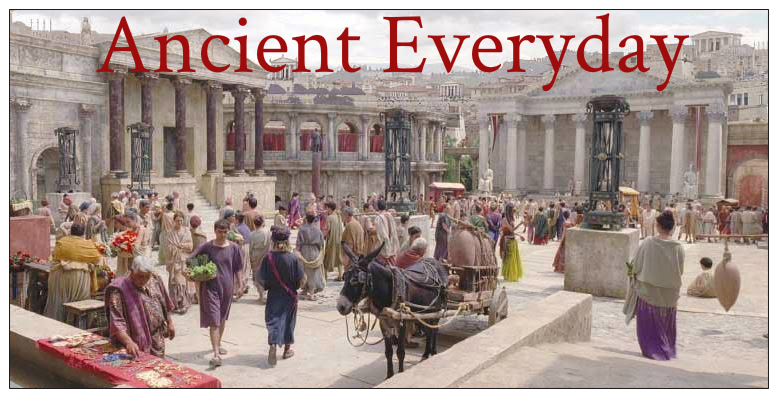
Salvete, dear readers!
I hope you’re all having a brilliant summer so far, or winter if you’re in the southern hemisphere!
The extreme heat that’s been hitting much of the world has not by-passed Toronto either. The air has been thick and humid on several occasions, causing folks to drag their feet and stay indoors if they can, or to seek out the nearest body of water to cool off.
It’s amazing how the heat can drain one’s energy!
So, that got me to thinking about a new Ancient Everyday! If you missed the last post on pets, you can check it out HERE.
Today, we’re going to take a brief look at the siesta!
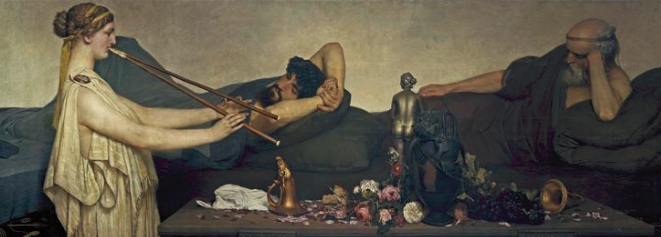
Taking it easy on an ancient afternoon…
The idea of the siesta was not something I grew up with. Few people do in North America. You get up, you work through the day, or go to school, and then you come home, eat and sleep.
Most people associate the siesta with Spain or other Spanish-speaking countries, but I first came across the siesta when visiting Greece years ago. As ever, I was out doing the tourist thing, baking myself among the ruins of various archaeological sites, when the world seemed to grow quiet around 2 p.m. or so.
It was midday, but everyone seemed to have retreated. Businesses closed and restaurants emptied (except in the very touristy locations like the Plaka of Athens). There seemed to be a general hush over the world.
It was surreal. It felt like I was in some apocalyptic movie, the only person left in the world!
Well, maybe that’s an exaggeration, but you get the picture. Things grew very quiet.
On subsequent, longer visits to Greece, my family and friends would come home from work for lunch around 1 p.m. or so, they would eat a big lunch, sleep for an hour or two, and then they would go back to work until about 8 p.m. in the evening.
My thinking was, why would they go back to work? You’ve already been!
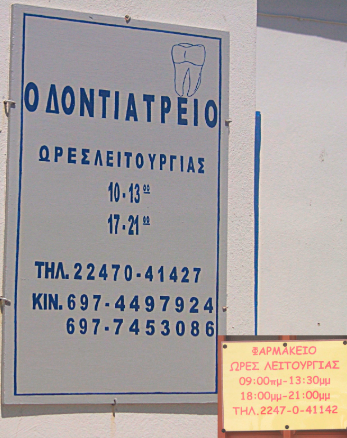
Greek dentist and pharmacy signs showing siesta gap in business hours (Wikimedia Commons)
Enter the siesta!
But this habit of breaking up the day and resting during the hottest hours or mid-way point is not a modern invention.
Though many ancient cultures likely took time out in the middle of the day, it was the Romans who gave it the name we are now familiar with.
The word ‘siesta’ is actually derived from the Latin word sexta, which refers to the sixth hour of daylight. This is approximately 1 p.m. in winter, and 3 p.m. in summer. If you want to know all about Roman time-keeping, you can check out the Ancient Everyday mini-series on that topic by CLICKING HERE.
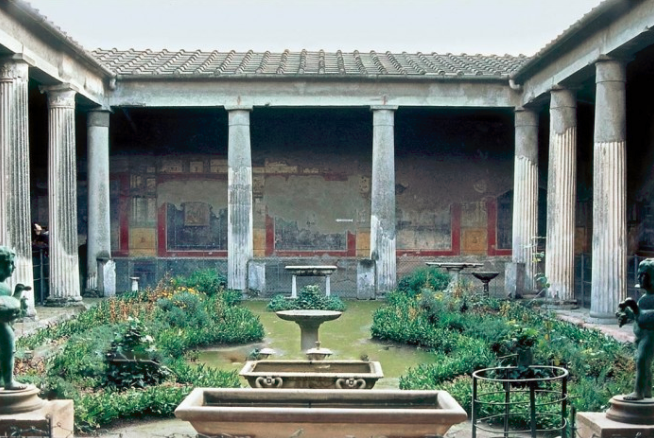
A ‘peristylium’ in a Roman house – excellent place for a siesta!
In ancient Rome, the siestatime of day, the time of sexta, was actually a time to eat and rest, to gather oneself for the second half of the day, whatever that might involve, be it business in the forum, opening your shop for the evening clientele, or loading up a shipment to go to the docks in Ostia. This tradition of day-rest seems to have spread to other cultures across the Roman Empire, including Hispania where it really caught on.
People today might think that the idea of eating a big meal and then taking a long nap in the middle of the working day is ridiculous, but I wouldn’t be too hasty to judge.
There have been plenty of studies to show that midday rest, or naps, are good for productivity and physical and mental performance, they alleviate stress, and are good for the immune system, and of great benefit to cardiovascular and mental health.
Indeed some famous nappers in history were Aristotle, Leonardo da Vinci, Beethoven, Napoleon, Salvador Dali, Einstein, Winston Churchill, and Margaret Thatcher. Whether you like these people and their work or not, you can’t argue that they didn’t get a lot done or have big ideas!
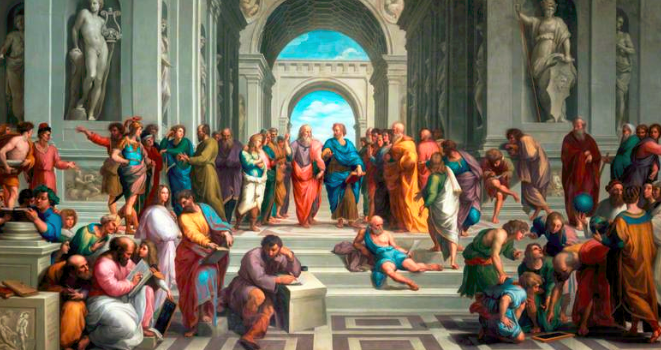
‘The School of Athens’ – bet there are some expert ‘nappers’ here!
The Romans were certainly a productive lot, and one has to wonder if one of the reasons they conquered so much of the world was because they knew how to take time out. Who knows? It’s possible!
Just another thing the Romans gave to the world. Perhaps it’s time we brought back the siesta in force.
Think about it…
And while you do that, I’m going to take a nap…
Thank you for reading.












You are quite correct. When I first moved to Crete. I wondered the same thing, and for some reason I kicked against sleeping in the afternoon I thought it was wasting one’s life away. However, over the years I have come to realize that being in such a warm country that is what one does. I now enjoy my afternoon nap and feel refreshed for the rest of the day. Your post was very interesting thank you.
I hear you, Rita 🙂 When I first started going to Greece, I resisted the siesta, not wanting to waste my time there sleeping, but it does help one to relax, be quiet and be prepared for the long, wonderful outdoor dinners into the night! How wonderful it must be to live on Crete. I’ve not yet been there, so it is on my list! Cheers and thank you for your comment 🙂
I am ALL for bringing siestas back to the modern world! I’ve always found that I start feeling sleepy at around midday, so this makes a lot of sense to me. Now if they would start installing nap rooms in buildings! (There was an actual initiative for that at my university – alas, I graduated before learning whether it took effect. By the time I was done, though, I figured out where all the best nap spots were!)
Glad to hear from a fellow Torontonian! The start of July was BRUTAL!
Cheers, Erin! Yes, I too am all for bringing back the siesta. It just makes sense 🙂 When I was at UofT there was certainly no talk of siestas, that’s for sure!